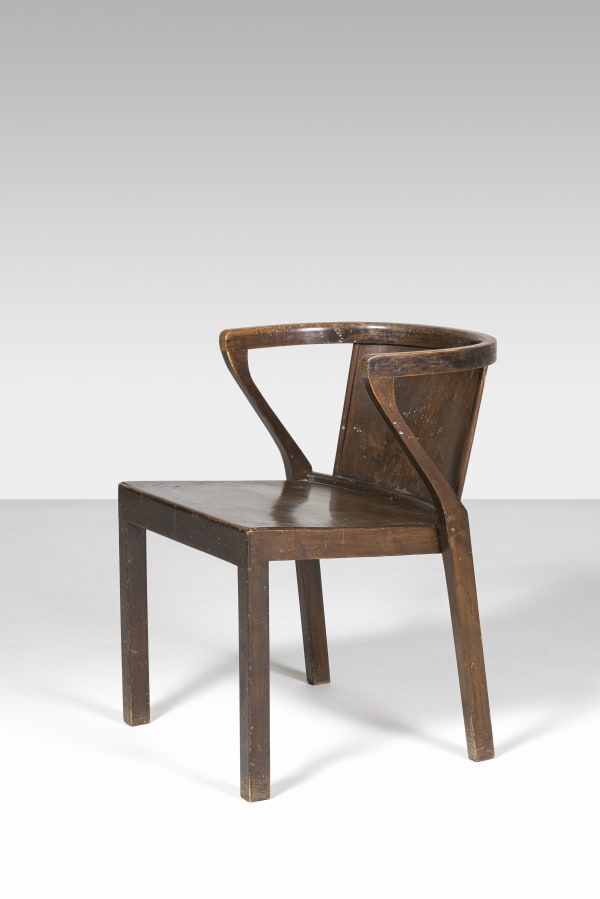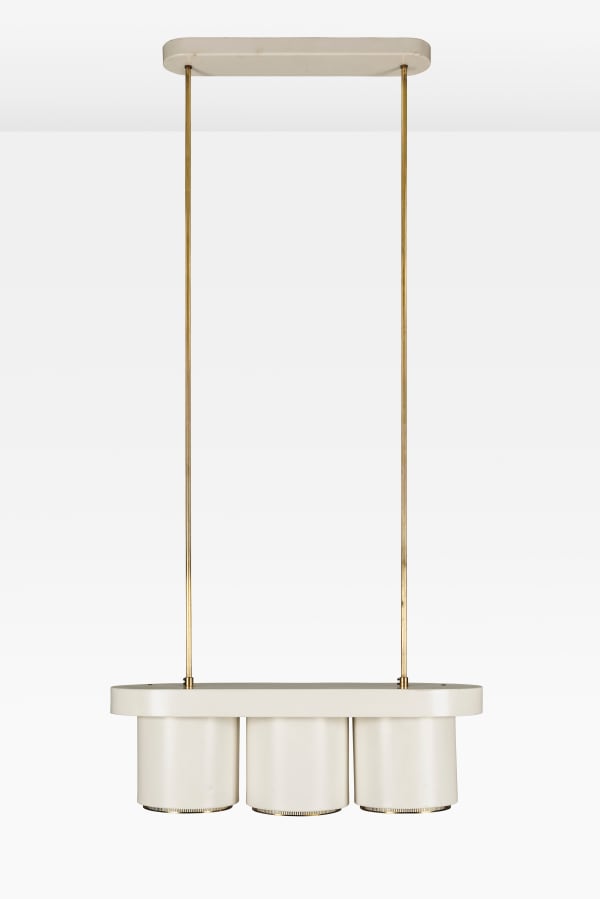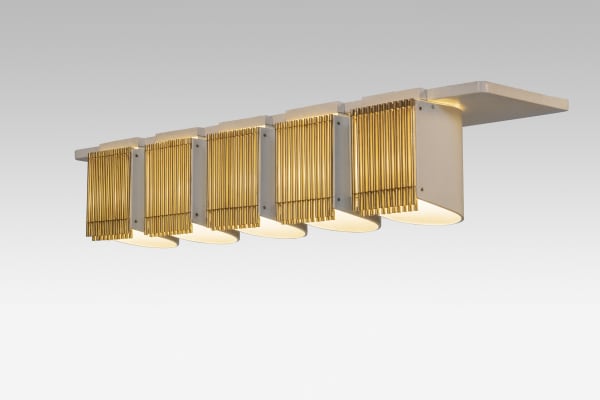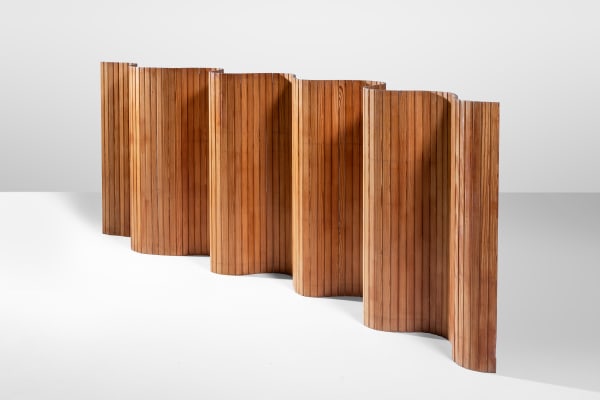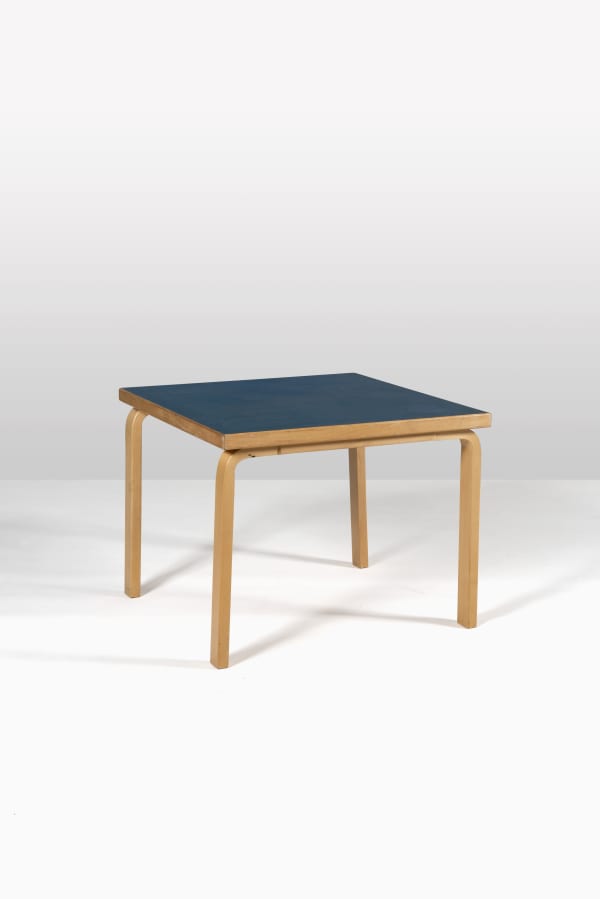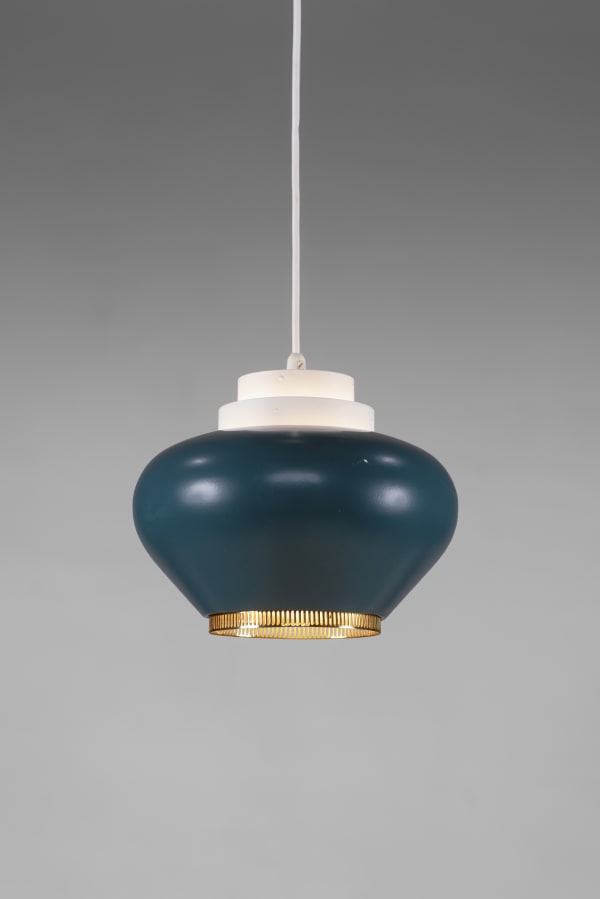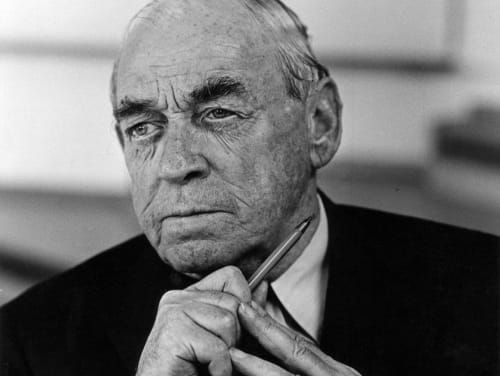Alvar Aalto Finland, 1898-1976
-
 Ceiling lamp with brass diffusers
Ceiling lamp with brass diffusers -
 Ceiling light
Ceiling light -
 Rare Stacking armchair
Rare Stacking armchair -
 A 'hand grenade' ceiling lightSold
A 'hand grenade' ceiling lightSold -
 Angel Wing lampSold
Angel Wing lampSold -
 Beehive pendant lampSold
Beehive pendant lampSold -
 Ceiling lampSold
Ceiling lampSold -
 Ceiling lampSold
Ceiling lampSold -
 Ceiling lampSold
Ceiling lampSold -
 Ceiling lamp
Ceiling lamp -
 Floor lampSold
Floor lampSold -
 Garden chairs and tableSold
Garden chairs and tableSold -
 Pendant lampSold
Pendant lampSold -
 Pendant LightSold
Pendant LightSold -
 Room DividerSold
Room DividerSold -
 Set of two pendant lampsSold
Set of two pendant lampsSold -
 Single ceiling lampSold
Single ceiling lampSold -
 Table
Table -
 Table lampSold
Table lampSold -
 Table lampSold
Table lampSold -
 Tea TrolleySold
Tea TrolleySold -
 Turnip pendant lampSold
Turnip pendant lampSold -
 Turnip pendant lampSold
Turnip pendant lampSold
Alvar Aalto was a hugely talented architect and an ardent spokesman for the international modernist movement, which he drew on to develop his own unique style. To this day he is considered one of the great masters of mid-century design and architecture.
Born in Finland in 1898, Alvar Aalto graduated from the Helsinki University of Technology in 1921. In 1925 he married Aino Marsio, a fellow student who acted as his professional collaborator until her death in 1949.
During his long and prolific career, Alvar Aalto’s work embraced virtually all key public institutions – town halls, theatres, churches, libraries and universities – as well as standardized housing and corporate headquarters (for instance, Enso-Gutzeit Headquarters).
Alvar Aalto began designing furniture and lighting as a natural but vital extension of his architectural thought.Innovative and radical, Alvar Aalto developed a reputation for his experimental approach to bending wood. His style became known as human modernism.
It is with the Paimio Sanatorium project (1928–1933) that Alvar Aalto launched his career as a furniture designer. He himself drew all the furniture pieces and the lamps for the sanatorium, including the Paimio Chair, specially designed for TB patients to sit in for long hours each day.
In 1935 Aalto and his wife Aino Aalto co-founded the Artek furniture company in Helsinki with the objective ‘to sell furniture and to promote a modern culture of living by exhibitions and other educational means’. In 1937 he was among the designers to represent Finland at the Exposition Internationale des Arts et Techniques dans la Vie Moderne in Paris.
A keen student of the subtle northern light, Alvar Aalto tried to integrate his work on lighting into each of his architectural achievements.
In the 1950s and 1960s Aalto received many honours and awards for his achievements, including the Royal Gold Medal for architecture, presented to him in 1957 by Queen Elizabeth II.


